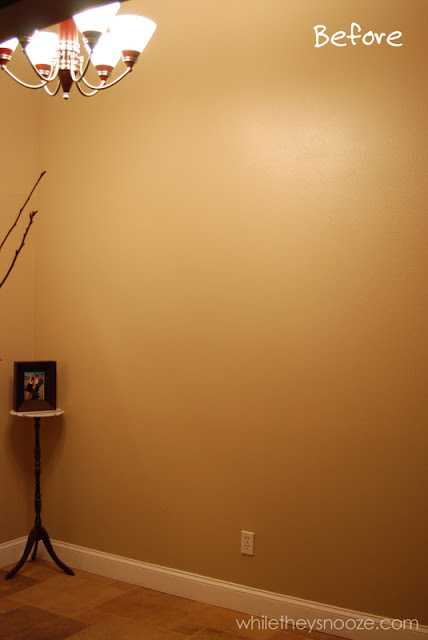How to Achieve an Industrial Style
Industrial style was born within the commercial market when old, bare warehouses and similar structures became new shops, offices, restaurants, even apartments. Rather than demolish the remaining essence of the warehouse, designers began to embrace the rawness and conscientiously construct a style around it. Industrial style is known for its utter lack of pretense, for its salvaged utilitarianism, and for its exposed architecture.
If you’re drawn to minimalist spaces and objects with a sense of history and purpose, you’ll likely love industrial style. Here are some ways to achieve the style for your own space:
(Grin and) Bare It.
The architecture of industrial style emphasizes a stripped-down infrastructure – the more exposed and raw, the better. Unfinished walls, aged brick, metal ductwork, bare windows, and exposed beams pay stylistic homage to the skeleton that supports the structure overall. Often, industrial-type floors (think concrete, wood, or other pragmatic, non-flashy surfaces) are kept bare.
Wide Open Space.
Because the style itself began in the large, cavernous spaces inherent in warehouses and packing plants, replicating industrial style into your own home will require a similar feel. An open floor plan is the optimal layout for an industrial style foundation. You can achieve this feeling, even in small spaces, by editing the number of pieces in the space, keeping windows bare, and simplifying the space’s overall aesthetic.
Cool Color Palette.
|
It isn’t too far of a stretch to say that the colors of “industry” are often natural, muted shades of browns and greys. Think of plaster and exposed brick, old galvanized pipes, copper plumbing, and worn leather. Of course, you can soften the edges and add some color in your space with plants, rugs with texture, modern art, or stand-out lighting.
Practical, Un-Fussy Furnishings.
Furnishings that successfully inhabit an industrial styled space are pared down, fundamental, no-nonsense pieces. Clean lines and simple forms are a must. Of course, you may love the style but haven’t an inclination to perch solely atop hard metal stools for the rest of your life – that’s okay. Although industrial style embraces bare-bones, it doesn’t mean comfort is excluded altogether. Just keep padded, upholstered pieces simple, without excess frills or adornment.
Salvaged & Repurposed Objects.
Almost any salvaged object constructed of, or including, metal in its design fits in with industrial style. Think used gears, pipes, vehicle parts, and machinery. Keep in mind the colder metals, though (such as aluminum, tin, steel, and iron), rather than warmer toned metals (e.g., gold, bronze, and brass). Grouping these industrial pieces together will create a greater impact. Repurposing salvaged finds into furniture, large or small, is an excellent way to lend a functional, cool sensibility to the deconstructed pieces.
Edgy, Raw Accents & Art.
With so much emphasis on raw, natural pieces in industrial style, it makes sense that oil landscapes in rich tones and softened sculptures would seem out of place. Artwork and all accents (which, in a pared down space that embraces the industrial, will seem like art) should be kept edgy and current…even if the medium or content is not. Abstracts, sculptures of multiple media, even old traffic signs will feel right at home. Or, if unsure, black and white photos in simple, contemporary frames and simple, wide mats will win every time.
Original article and pictures take www.homedit.com site













Comments
Post a Comment